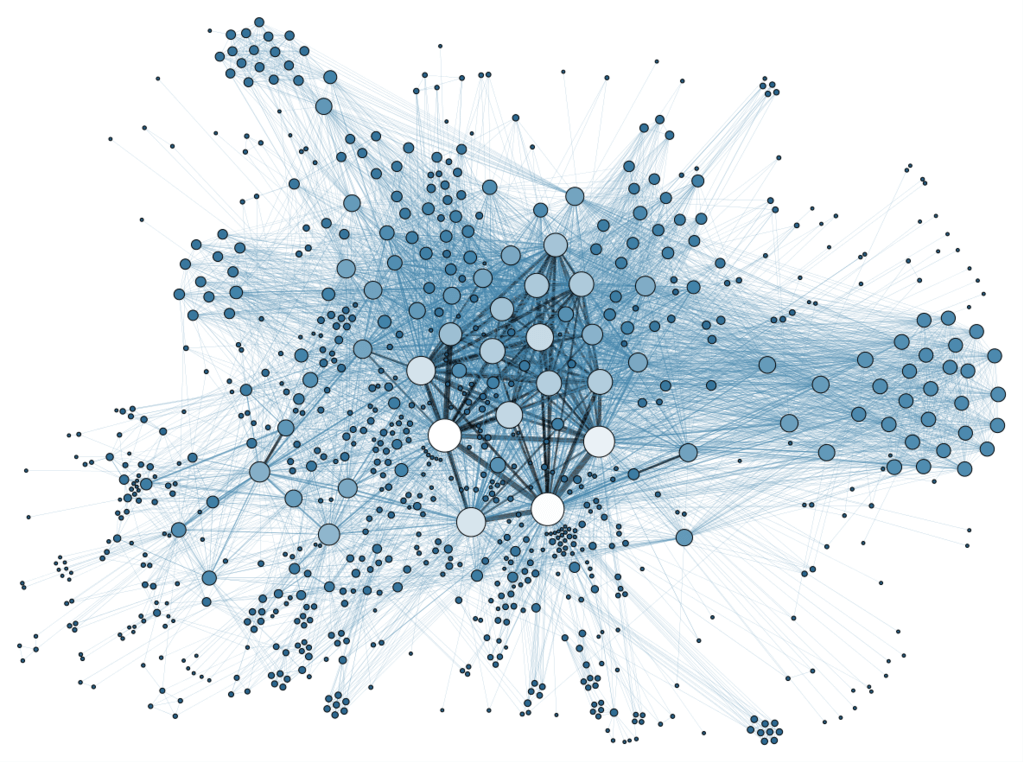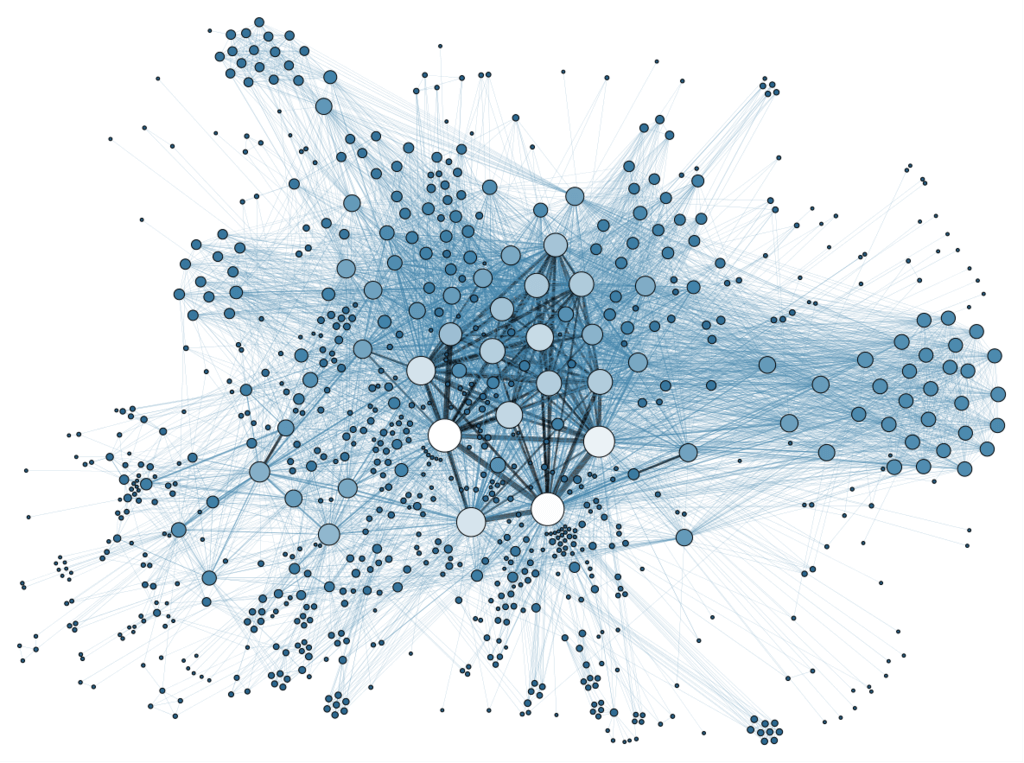LangChain AI has an exciting feature that supports knowledge graph data represented as triplets structures using the RDF framework. This implementation provides two LLM-supported triplets operations: graph extraction and graph Q&A. By default, LangChain uses LLMs such as GPT-3, GPT-4 to extract knowledge triplets from text and store them in a NetworkX directed graph.
Knowledge Graph
Knowledge graphs are a type of knowledge base that employ a graph-based data model or topology to integrate information. They serve as repositories for interconnected descriptions of entities, encompassing objects, events, situations, or abstract concepts, while also capturing the underlying semantics of the terminology used.
In recent years, knowledge graphs have become closely linked to the Semantic Web and are frequently utilized in linked open data initiatives, which focus on establishing connections between concepts and entities. Furthermore, prominent search engines like Google, Bing, Yext, and Yahoo, as well as knowledge engines and question-answering services such as WolframAlpha, Apple’s Siri, and Amazon Alexa, and social networks like LinkedIn and Facebook, heavily rely on knowledge graphs for their operations.

Graph-Based Context
During graph-based Q&A, the graph serves as context for response synthesis and the question is first fed into LLM to identify key entities. This allows LangChain to retrieve relevant triplets from the directed graph and generate an answer by LLM. This implementation expands the LLM knowledge source beyond document stores, demonstrating the feasibility to extract, store, and use triple-based knowledge in language chains.
However, there are still some limitations to this initial implementation. One limitation is that loading triplets from existing knowledge graphs, either from databases or files, is a must. The standardization of the RDF framework and the SPARQL query should make such a “graph loader” easy to build. Additionally, when retrieving knowledge for a given entity, only triplets in which the entity appears as the subject are retrieved, not as the object. This limits the kind of questions that can be answered, such as “who created ChatGPT?” The current triplets retrieval mechanism may also not scale well for large knowledge graphs or when indirect relationships are incorporated.
Overall, the LangChain implementation of knowledge graph data using triplets structures is a promising development toward the use of knowledge graphs for LLMs. With further improvements, it may become a powerful tool for extracting, storing, and utilizing triplets-based knowledge in language chains.




